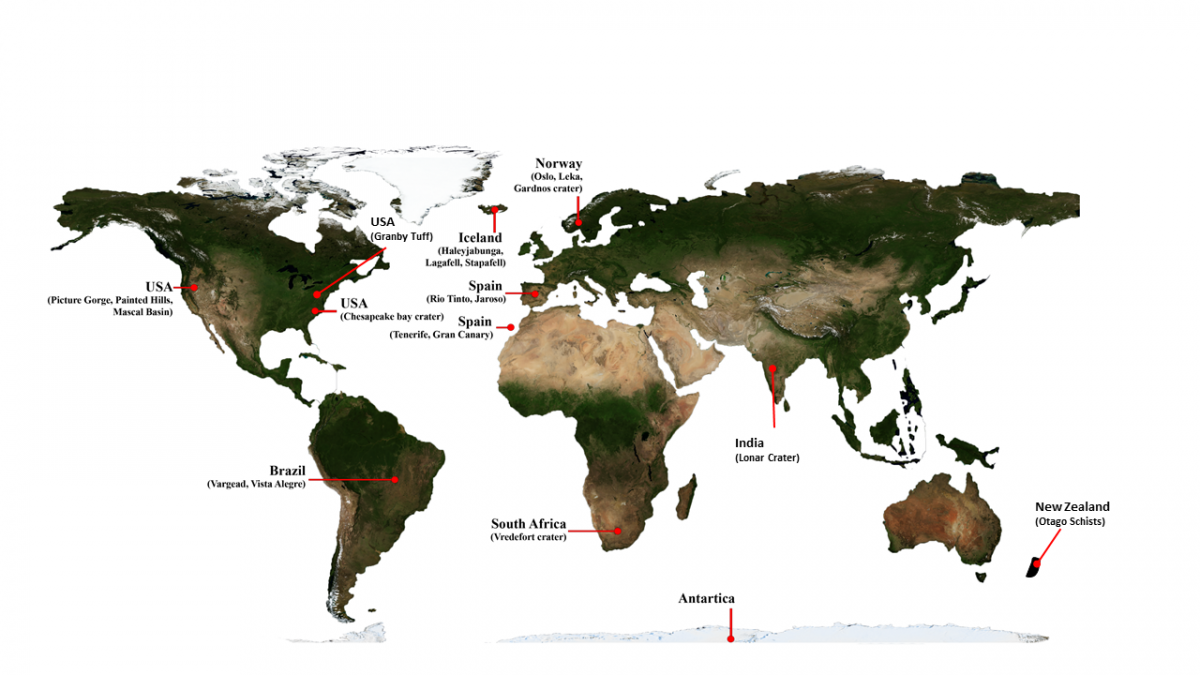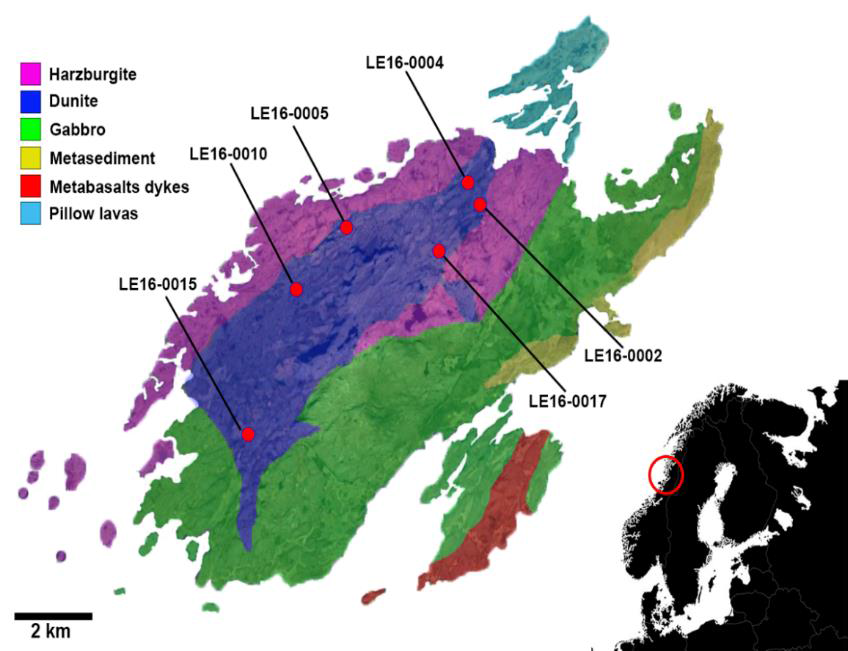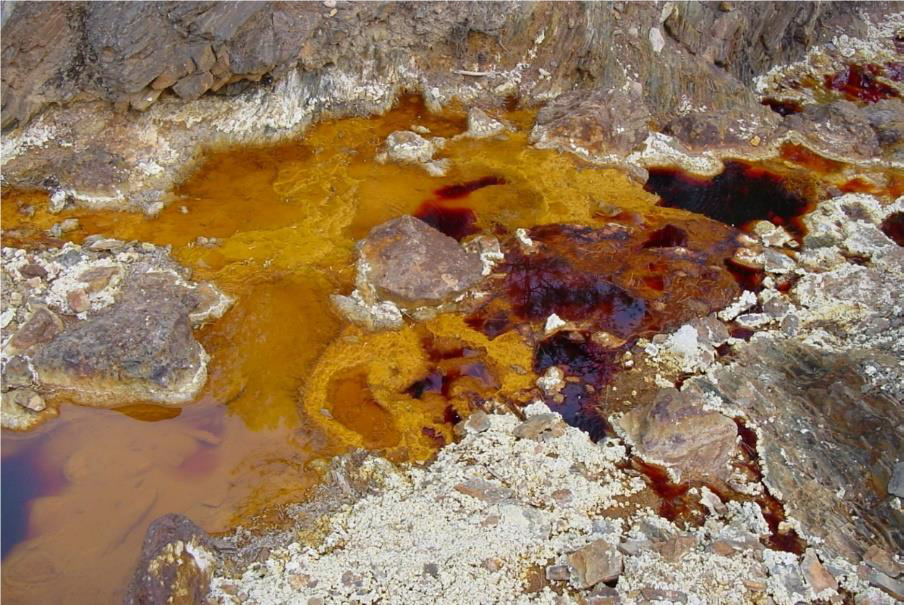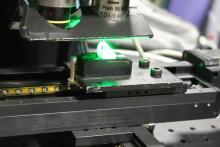Samples
The PTAL collection consists of 106 rock samples from 19 diverse localities on Earth. The sampling strategy was to cover best the known composition of martian crust and a wide range of geological processes operating on Mars. The page below presents a quick overview of the sampling sites. A more detailed presentation of the sampling sites and the complete list of samples can be found in this file. Finally detailed information about the selected terrestrial analogue sites and the collected samples were published in Dypvik et al. (2021, open access).

Samples from various geological contexts have been collected.
The collection contains a variety of (mafic and ultramafic) volcanic rocks, such as:
- Tholeiitic basalts (the most common type of basalt on Earth), Iceland
- Ferropicrites from Rum, Scotland
- Basaltic tuffs, Granby formation (USA),
- Fe,Ti-basalts from the Oslo Rift,
- Peridotites from the Leka ophiolite complex (Norway),
- Alkali-rich rocks of metasomatized (chemically altered by fluids) origin such as from Canary Islands and Tenerife.
Individual samples from these localities represent the recorded range of igneous processes and different stages of hydrothermal activities: for example, the Leka samples comprise primary peridotites, serpentinized (added water into the crystal structure) peridotites, carbonated rocks and talc-carbonate lithologies.

Sampling locations in the Norwegian Island of Leka.
Furthermore, samples from contrasting chemical alteration environments, such as in rivers, lakes, glaciers, or semi-arid deserts, supplement the collection to represent also the expected range of surface aqueous processes on Mars:
- John Day Formation in Oregon,
- Dry Valleys in Antarctica,
- Otago Formation in New Zealand,
- Jaroso Ravine and Rio Tinto in Spain.
Influence of various environmental conditions during alteration, such as pH, is recorded in these rocks, sometimes seen across the stratigraphic sequence.

River deposits in Rio Tinto.
Lastly, physical mineral alteration occurs during impact crater formation, and therefore the collection includes impactites of various target rock types:
- Gardnos,
- Vredeford,
- Chesapeake Bay,
- Vargao Dome,
- Lonar crater.
Both impact related shock induced metamorphism as well as post-impact hydrothermal activity can be studied in these rocks.

Impact breccia from Vargeao Dome


